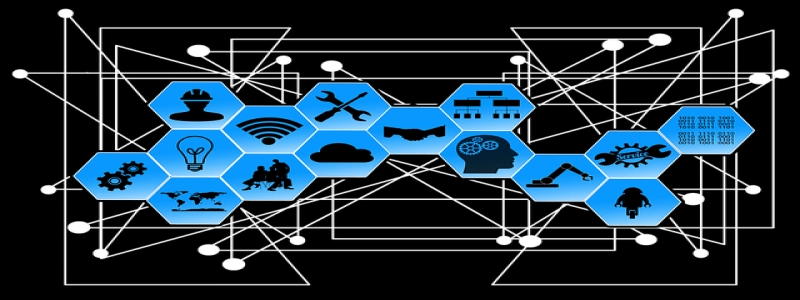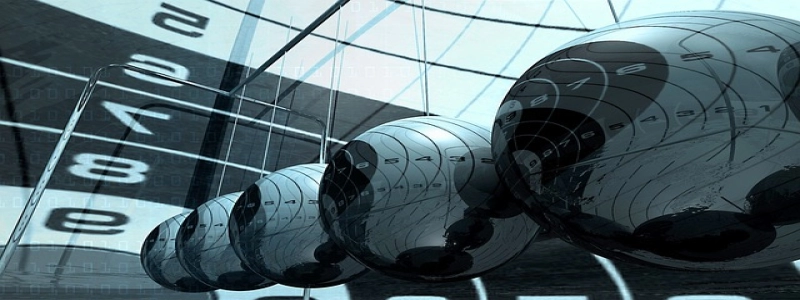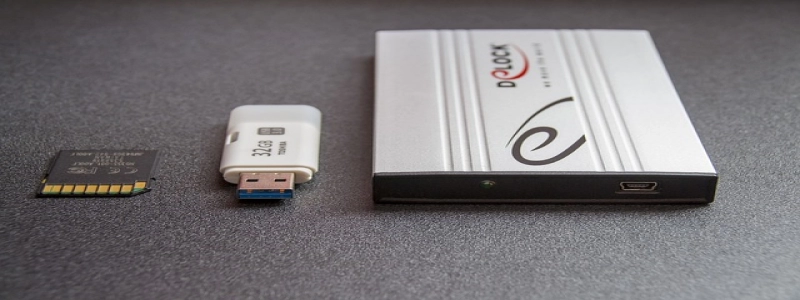Ethernet Pinout RJ45
Introduction:
Ethernet cables are widely used for networking purposes. They provide a means for transferring data between devices using the Ethernet protocol. In order to ensure proper connectivity and functionality, it is important to understand the pinout configuration of an RJ45 Ethernet cable.
I. Ethernet Pinout Explanation:
An RJ45 Ethernet cable consists of eight pins arranged in two rows of four. These pins are used for transmitting and receiving data signals. The pinout configuration follows a specific standard that ensures compatibility between different networking devices.
II. Pin Configuration:
1. Pin 1 (TX+): This pin is used to transmit positive data signals.
2. Pin 2 (TX-): This pin is used to transmit negative data signals.
3. Pin 3 (RX+): This pin is used to receive positive data signals.
4. Pin 4 (Unused): This pin is generally not used and left unconnected.
5. Pin 5 (Unused): This pin is also generally not used and left unconnected.
6. Pin 6 (RX-): This pin is used to receive negative data signals.
7. Pin 7 (Unused): This pin is not used in Ethernet applications.
8. Pin 8 (Unused): Similar to pins 4 and 5, this pin is left unconnected.
III. Straight-Through vs Crossover Cable:
1. Straight-Through Cable: This type of cable is used to connect different types of devices, such as a computer to a switch or router. The pin configuration at one end of the cable is identical to the other end, meaning that pin 1 is connected to pin 1, pin 2 to pin 2, and so on.
2. Crossover Cable: This type of cable is used to connect devices of the same type, such as two computers or two switches. In a crossover cable, pin 1 is connected to pin 3, pin 2 to pin 6, pin 3 to pin 1, and pin 6 to pin 2. The crossover configuration allows the transmitting and receiving signals to be properly exchanged between devices.
IV. Testing the Ethernet Cable:
To ensure the proper functionality of an Ethernet cable, it is recommended to test it using a cable tester or a network analyzer tool. These tools can verify the continuity of each pin connection and detect any potential issues.
Conclusion:
Understanding the pinout configuration of an RJ45 Ethernet cable is crucial for successful networking connections. Whether using a straight-through or crossover cable, correctly connecting the pins ensures proper data transmission and reception. By following the industry standards, Ethernet cables can effectively support various networking devices and applications.








